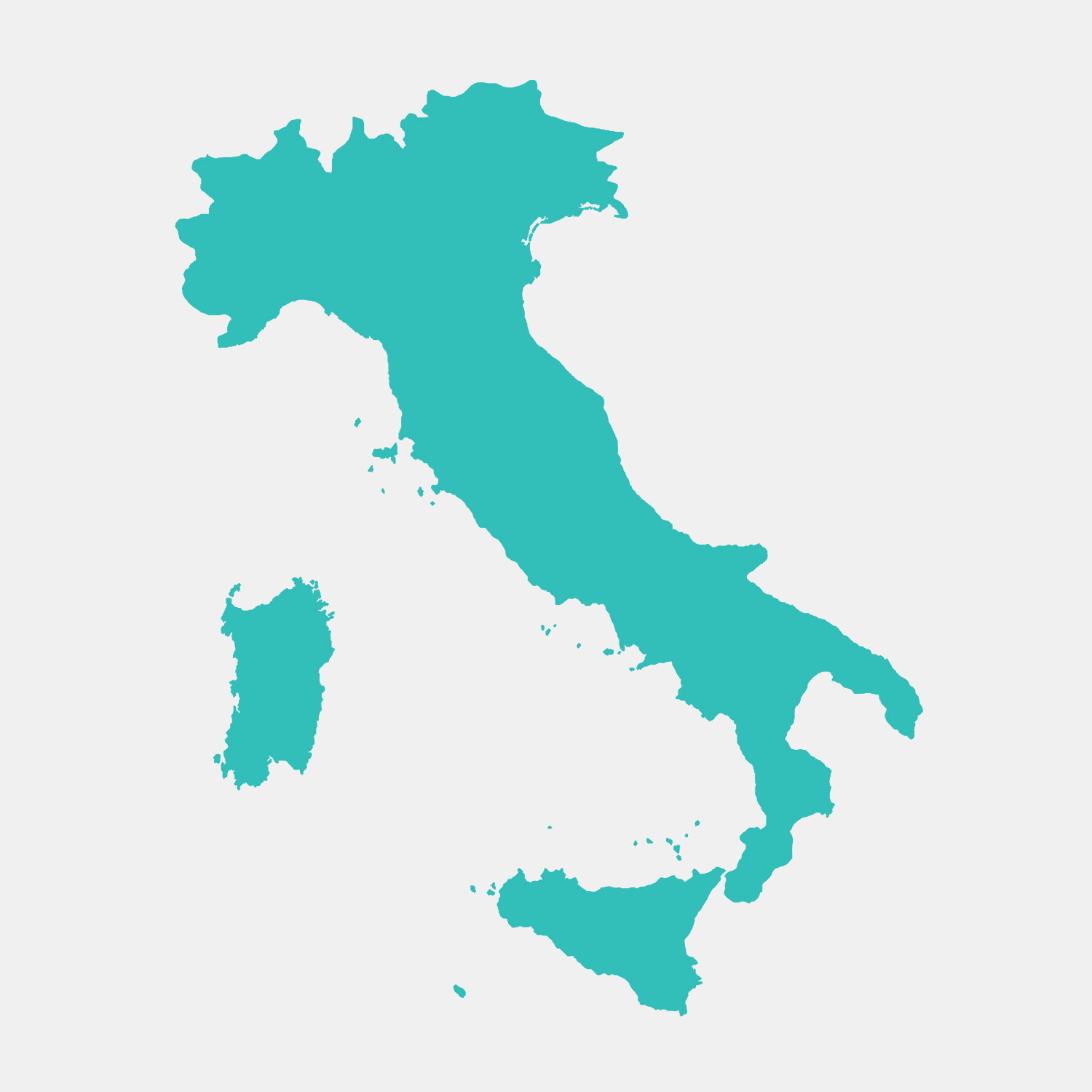
Destination:
| Travelling there | Fly into Rome’s Leonardo da Vinci, also known as Fiumicino international Airport (FCO), or any of the country’s multiple international airports. Take a train from most European capitals or drive in by car or coach from France, Austria, Slovenia and Switzerland. |
| Capital city | Rome. |
| Population | 59.854 million. |
| Religion | The majority belong to the Roman Catholic church. |
| Language | Italian. |
| Currency | Euro (EUR). |
| Climate | Predominantly a mediterranean climate with hot summers and cool wet winters. The north of the country can get quite chilly in winter due to the cold air from Northern Europe while the southern areas remain relatively temperate being surrounded by warm seas. Summers can get quite torrid but spring and autumn have pleasant temperatures in the day. |
| Transport | The transport network is extensive and efficient. All main cities have taxis, bus services and metros. It is convenient and quick to travel by train around the country or even by the regional bus services especially in the more remote or mountainous areas. Boats and ferries service Italy’s long coastlines, islands and lakes adding yet another pleasant travel option. Venice has gondolas (which can be quite expensive to hire); vaporettos (big bus boats), and battelli foranei (a larger type of vaporetto used for transportation to outer islands, motor vessels or ferry ships) that run to schedules and fixed routes as well as a bus service. If wanting to be flexible, hire a vehicle. |
| Best time to travel | Peak season runs through summertime but with schools closed and the locals going on vacation at the same time, the crowds are huge and prices sky-high. The best times to go are during the shoulder periods of April to mid-June and September to October as the queues are shorter and the weather is pleasant. Hikers would want to travel in autumn as many good hiking trails are still snow covered even in late spring. |
| What to wear | Be fashionable but respectful of traditions and customs. Bear in mind that local men do not wear shorts in the evenings and it is good practice to cover shoulders and legs when visiting religious places. |